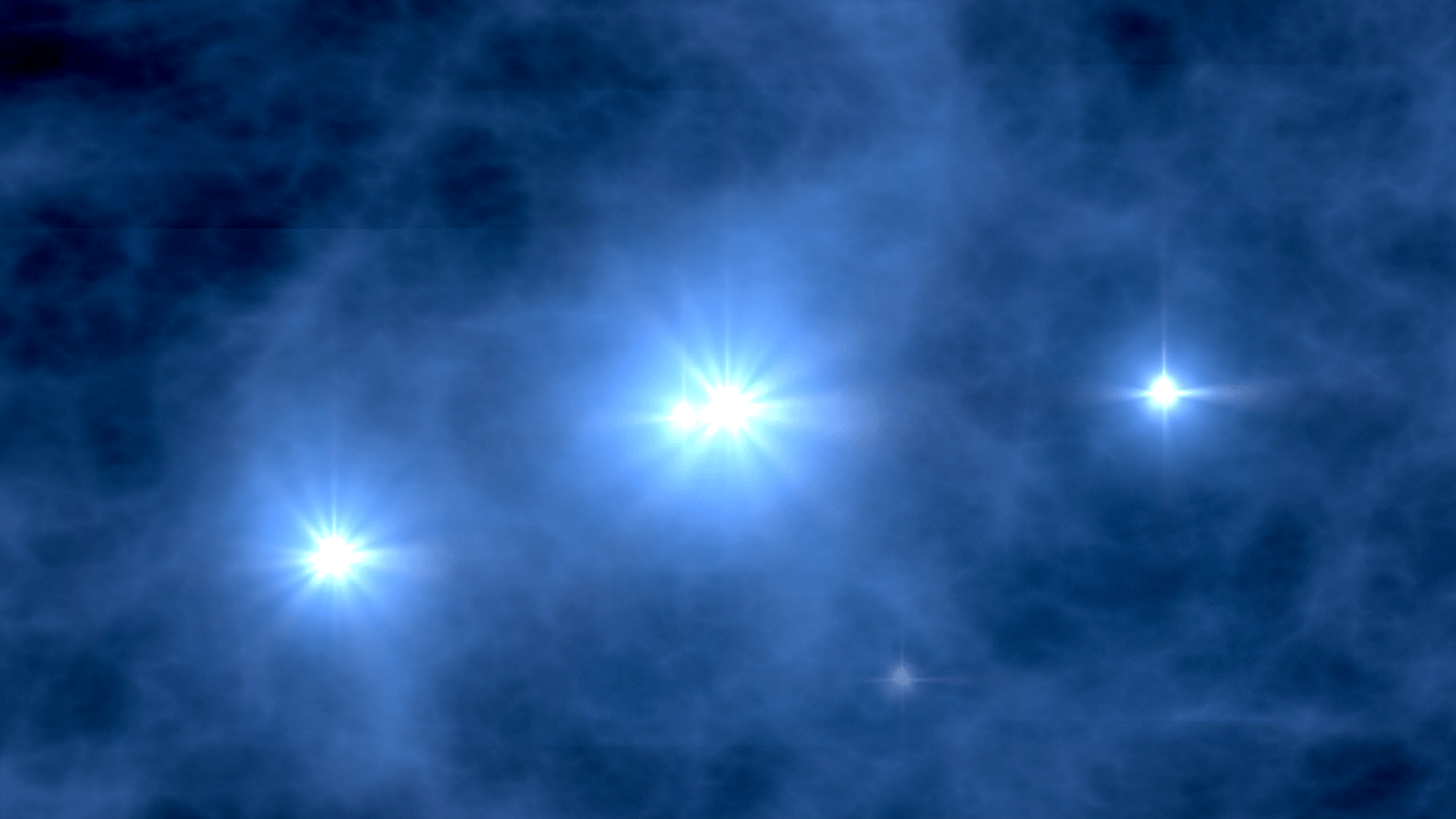For astronomers, astrophysicists, and cosmologists, the ability to spot the first stars that formed in our Universe has always been just beyond reach. On the one hand, there are the limits of our current telescopes and observatories, which can only see so far. The farthest object ever observed was MACS 1149-JD, a galaxy located 13.2 billion light-years from Earth that was spotted in the Hubble eXtreme Deep Field (XDF) image.
On the other, up until about 1 billion years after the Big Bang, the Universe was experiencing what cosmologists refer to as the “Dark Ages” when the Universe was filled with gas clouds that obscured visible and infrared light. Luckily, a team of researchers from Georgia Tech’s Center for Relativistic Astrophysics recently conducted simulations that show what the formation of the first stars looked like.
Continue reading “An Extreme Simulation of the Universe’s First Stars”

